 1377
1377Things to never miss at the Wolmi Sea Train!
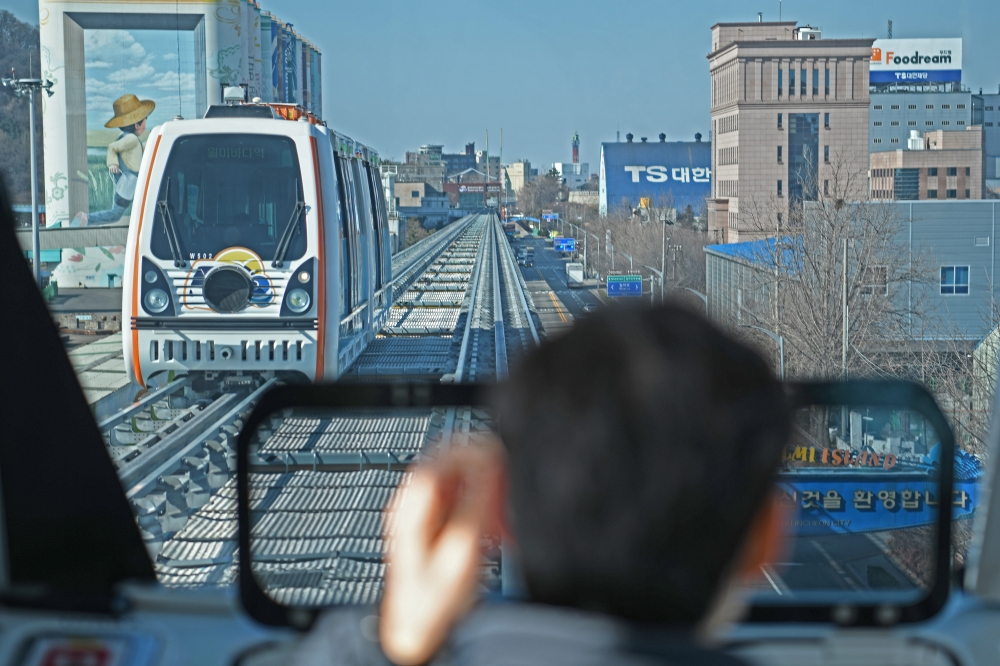
Wolmido Island is one of the most famous tourist sites in Incheon. It features tourist sites such as Wolmi Culture Street (Wolmi Sea Train Sight No. 3), Wolmi Theme Park, and the Museum of Korea Emigration History, arranged around the Wolmisan Mountain (108 m above sea level; Wolmi Sea Train Sight No. 2). Wolmido Island has been a popular date spot for lovers, a place for family outings, and student field trips for the people of the region. If you want to explore this storied place, Wolmi Sea Train is the way to go.
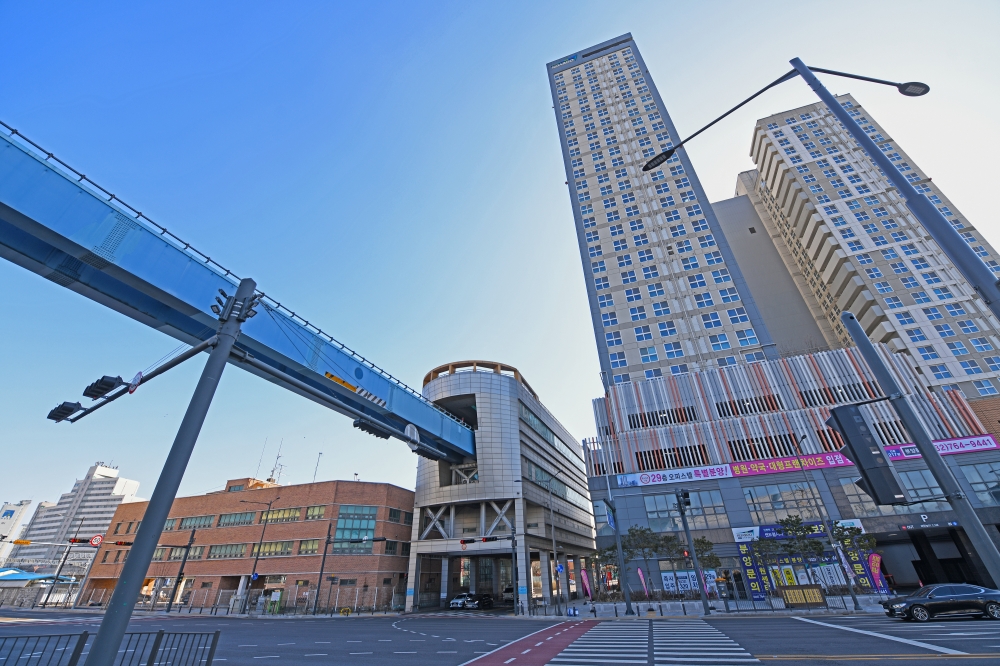
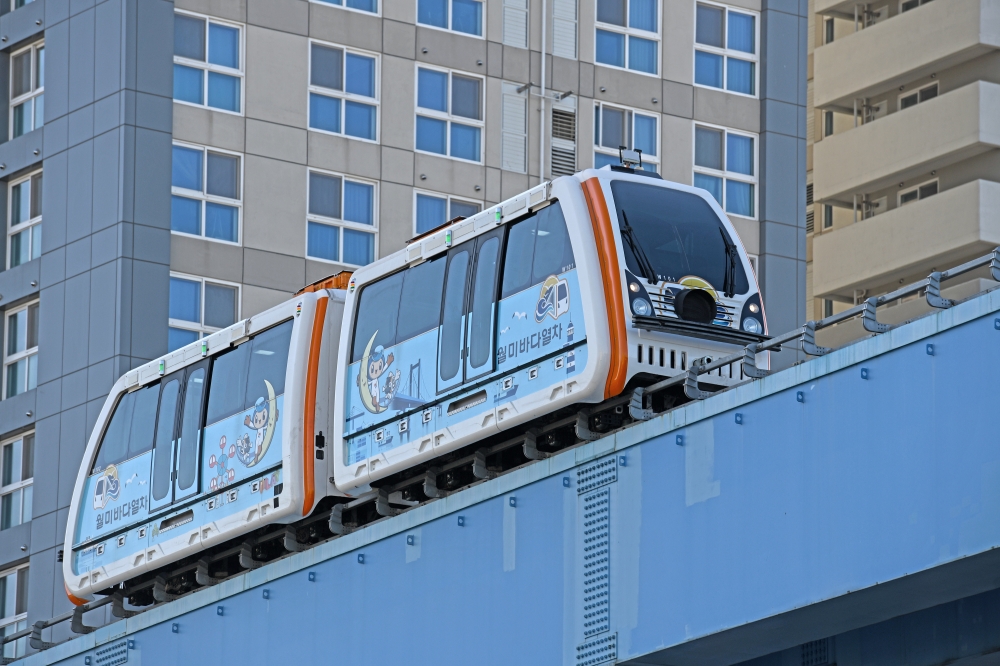
Unlike other tourist trains across Korea, Wolmi Sea Train is a monorail service running 7 m above the ground level. In fact, that 7 m is an average figure for the monorail service; in some spots, Wolmi Sea Train reaches 18 m above the ground level, making it akin to an observation platform on rails above the island. That allows the visitors to see more of the island in greater detail.
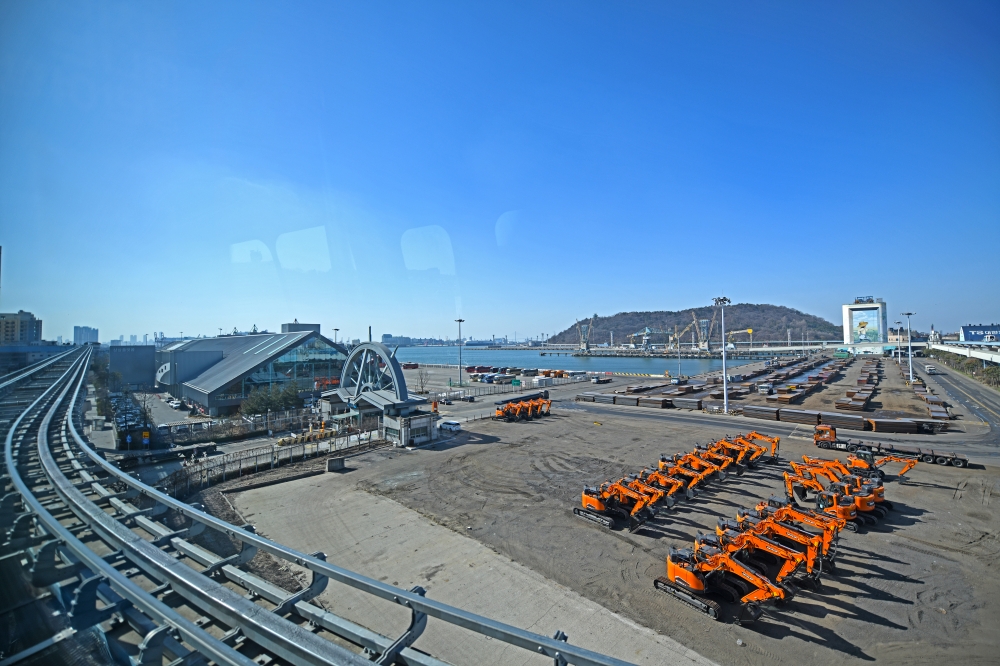
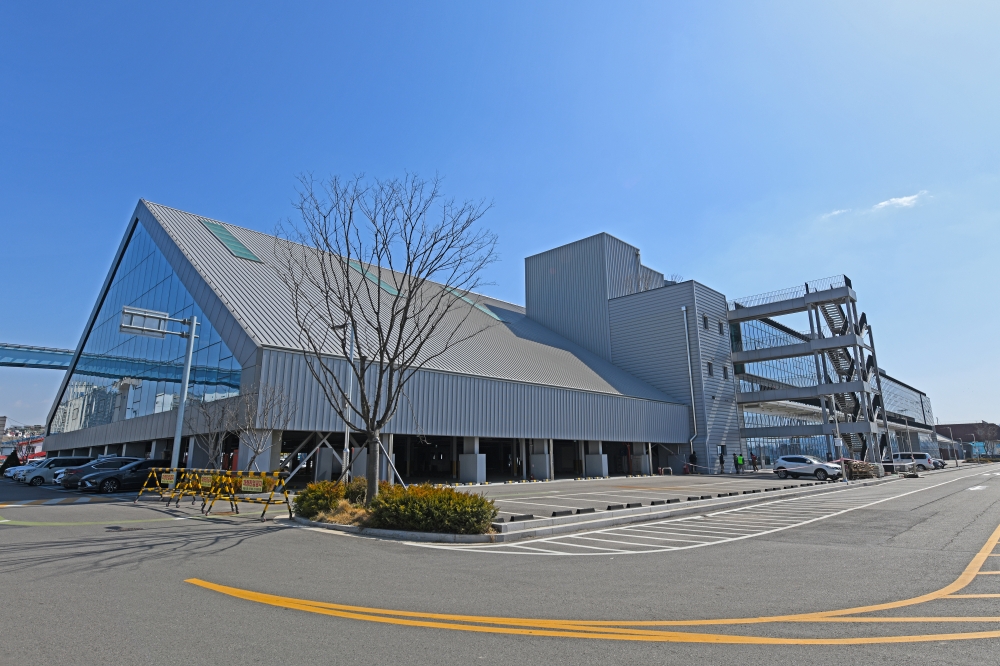
The first section of Wolmi Sea Train past the Wolmi Sea Station takes the visitors along the 8th pier of Incheon Inner Port, home to the Incheon Sangsang Platform. Incheon Sangsang Platform is a cultural space housed in a remodeled grain storage at the port, currently in the last stages of construction before its opening. (Opening slated for early July) This 12,150 ㎡ complex is equivalent to two football fields in size. Incheon Sangsang Platform is expected to house a library dedicated to works of literature reinterpreted through media art and media content exhibitions that trace the history of the Incheon Open Port. The parking lot at the 8th pier of Incheon Inner Port, near Incheon Sangsang Platform, is open to the public free of charge from 07:00 to 21:00 every day. From the parking lot, one can reach the Wolmi Sea Station in less than five minutes on foot.
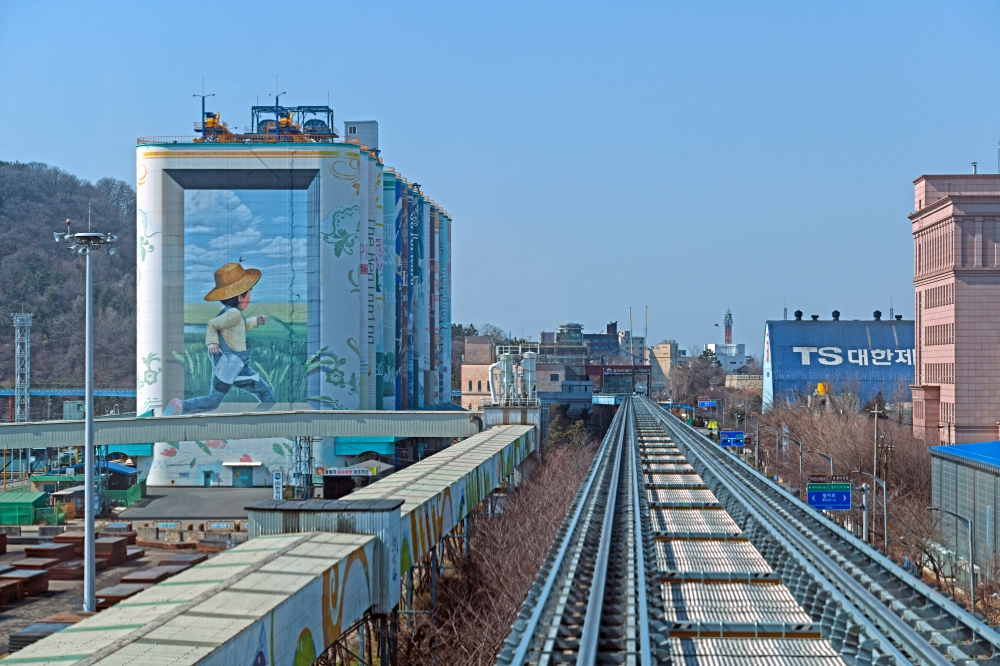
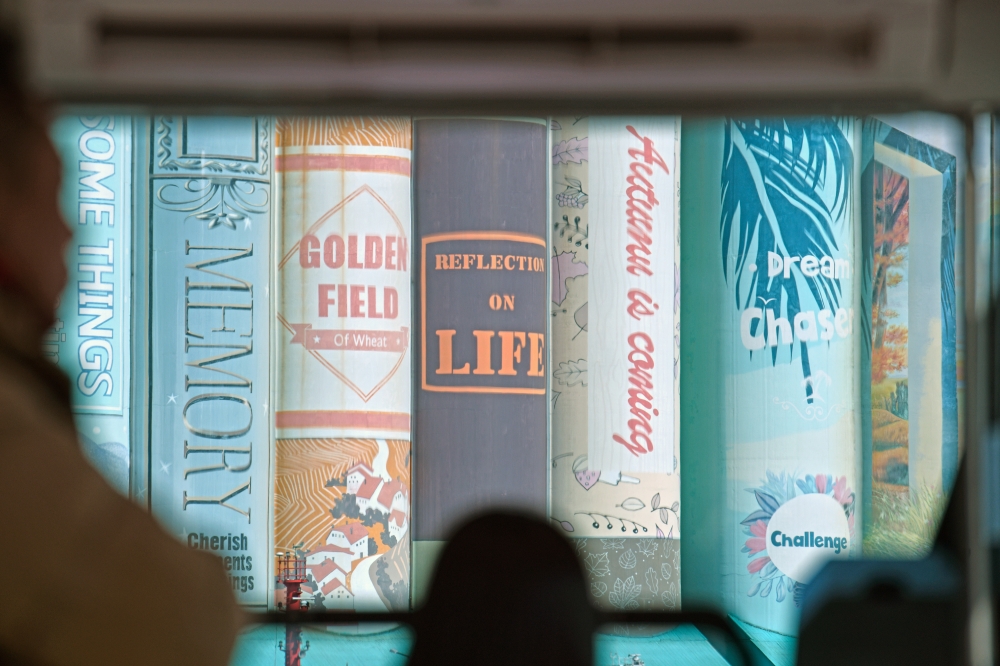
Past the Incheon Sangsang Platform is the Silo Super Graphic (Wolmi Sea Train Sight No. 1). The silo on which this mural is painted is located on the 7th pier of Incheon Inner Port and was built in 1979 to store imported corn, wheat, sorghum, and other grains by TBT Korea. It stands 48 m tall with a perimeter of 525 m. Its total area amounts to 23,689 ㎡. Silo Super Graphic was completed by 22 artists over nearly a hundred days, using 865,400 ℓ of paint. It was listed as the largest outdoor mural in the world in the Guinness World Records in December 2018, and in March of the following year, it won the Main Prize from the iF Design Award in Germany.
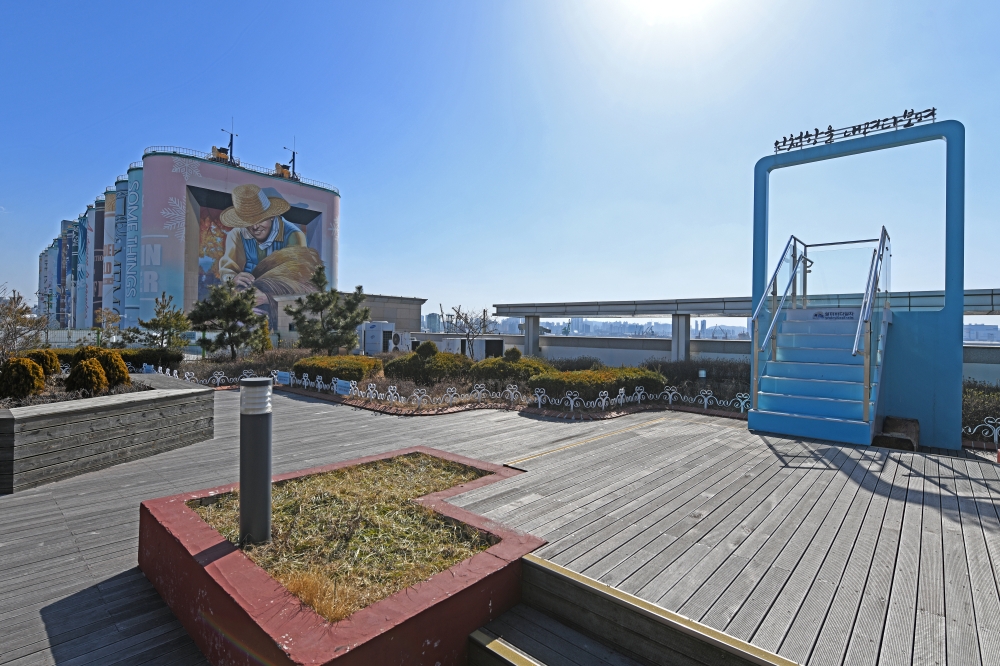
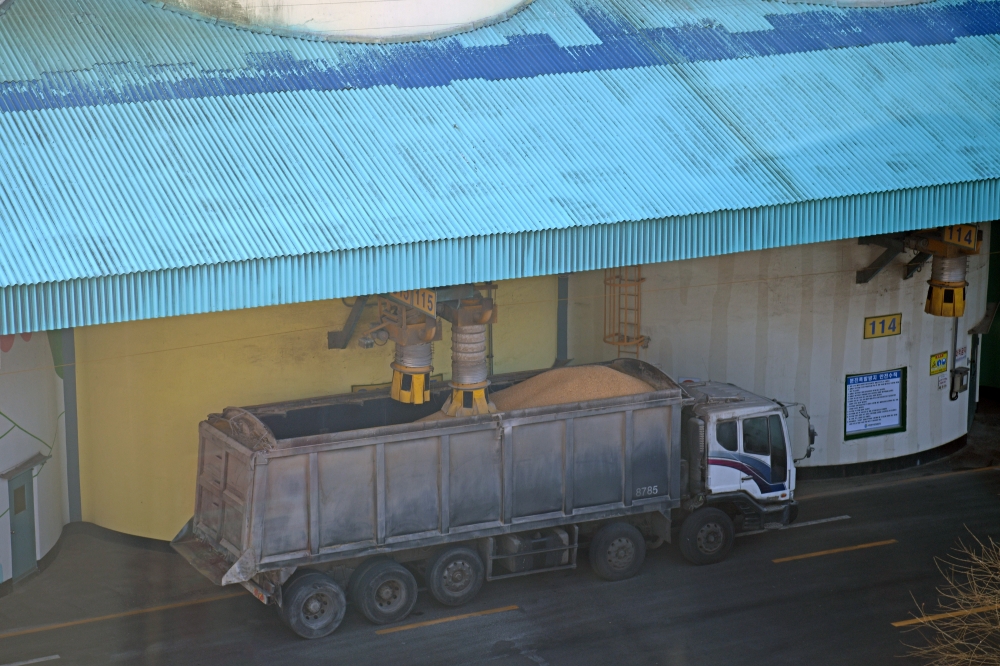
Silo Super Graphic stands as a representative of the new potential in the field of urban landscaping in that it is a mural drawn on an old industrial facility that is still in use. Indeed, one can find a network of trucks ferrying grain cargo around the silo. It is one of the five silos (TBT Korea, Hanjin, Sunkwang, CJ Logistics, and Korean Silo) in operation at Incheon Inner Port, which together make up 960,000 t in capacity, the largest among grain ports in East Asia. The rooftop of the Wolmi Park Station has an observatory from which one can enjoy the view of the Silo Super Graphic and Incheon Inner Port.
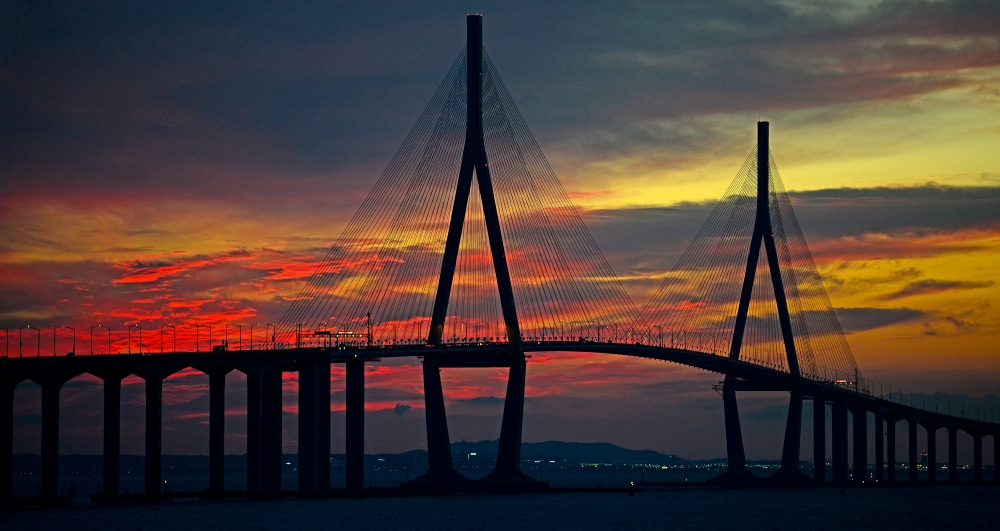
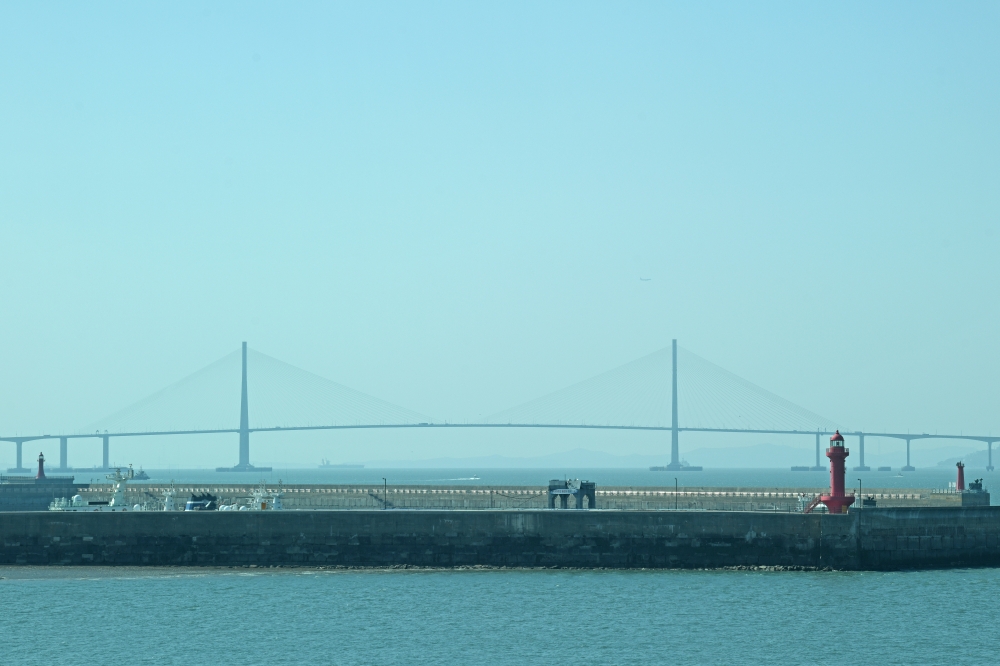

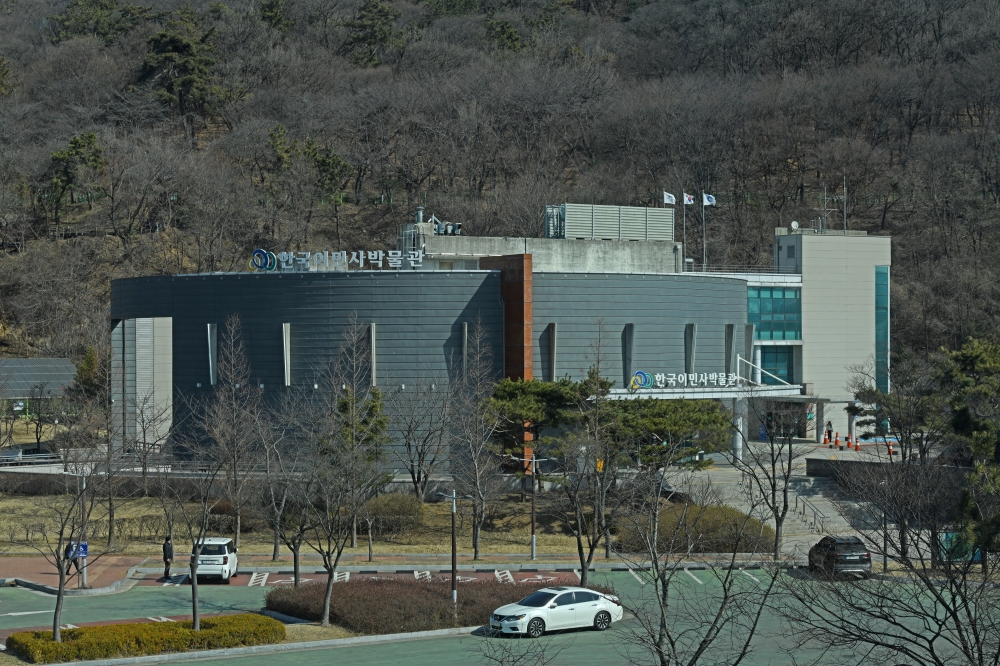
The 1 km-long section between the Wolmi Culture Street Station and the Museum Station offers a great view of the West Sea. One can see Yeongjongdo Island and Muuido Island, and if the weather is clear, one can even see Palmido Island, home to Korea’s first lighthouse, and the Manisan Mountain of Ganghwado Island. The view of Yeongjongdaegyo Bridge and Incheondaegyo Bridge crossing over the sea is also quite nice. On high-season weekends, Wolmi Sea Train runs until 21:00, so one can enjoy the view of the sunset over the West Sea (Wolmi Sea Train Sight No. 4) on the train. The Museum Station is home to the Museum of Korea Emigration History and the Incheon National Maritime Museum (opening slated for June). Lighthouse Road, Wolmi Sea Train Sight No. 5, is currently closed due to the Incheon National Maritime Museum construction work.
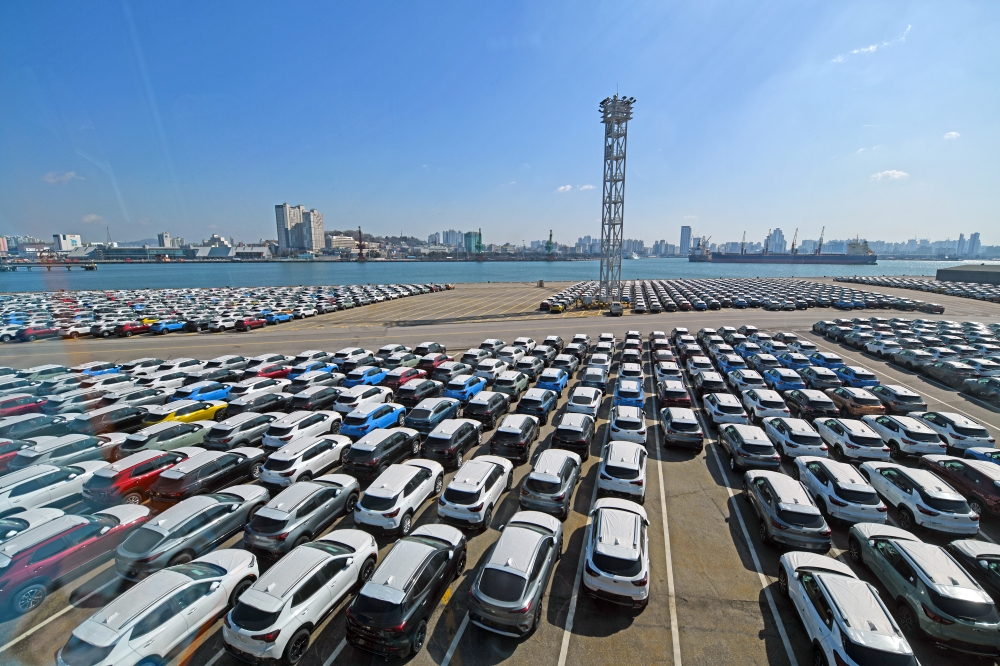
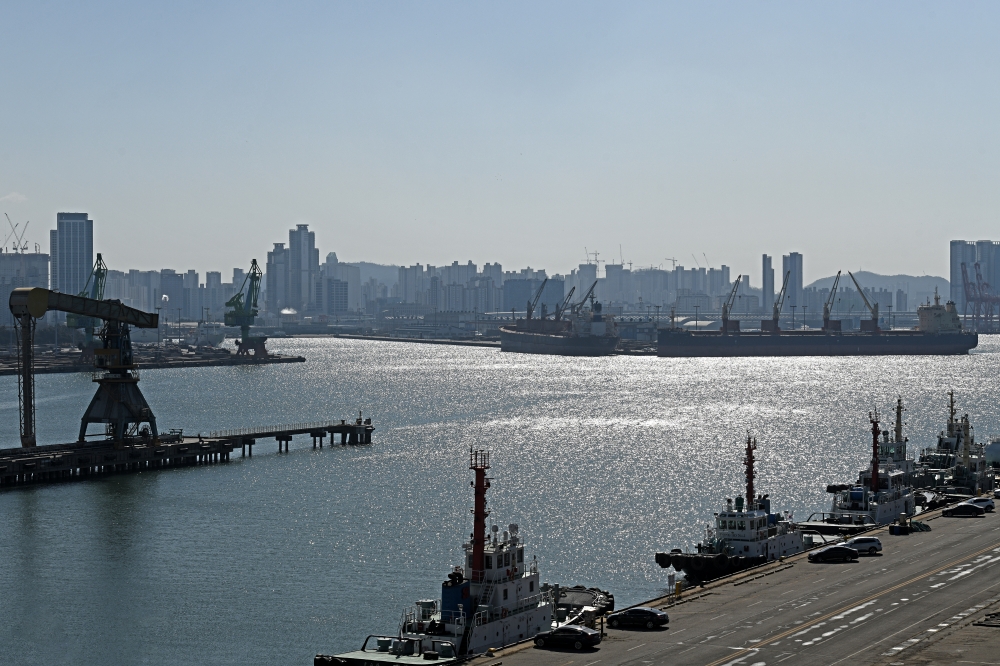
Incheon Inner Port (Wolmi Sea Train Sight No. 8) is an important hub for Korean automobile exports. In particular, Incheon Inner Port is responsible for 87% of secondhand automobile exports in Korea. The 6th pier, past the Museum Station, has rows and rows of cars waiting to be loaded into a ship. The reason Incheon Inner Port was able to become such an important point for Korea’s national trade was because of the Incheon Port Lock Gate (Wolmi Sea Train Sight No. 7). A lock gate is a facility that traps seawater at high tide to keep the depth of the inner port constant, allowing ships to load and unload even at low tide. The first Incheon Port Lock Gate was built in 1918 and the second in 1974 to overcome the port’s tidal difference of up to 10 m.
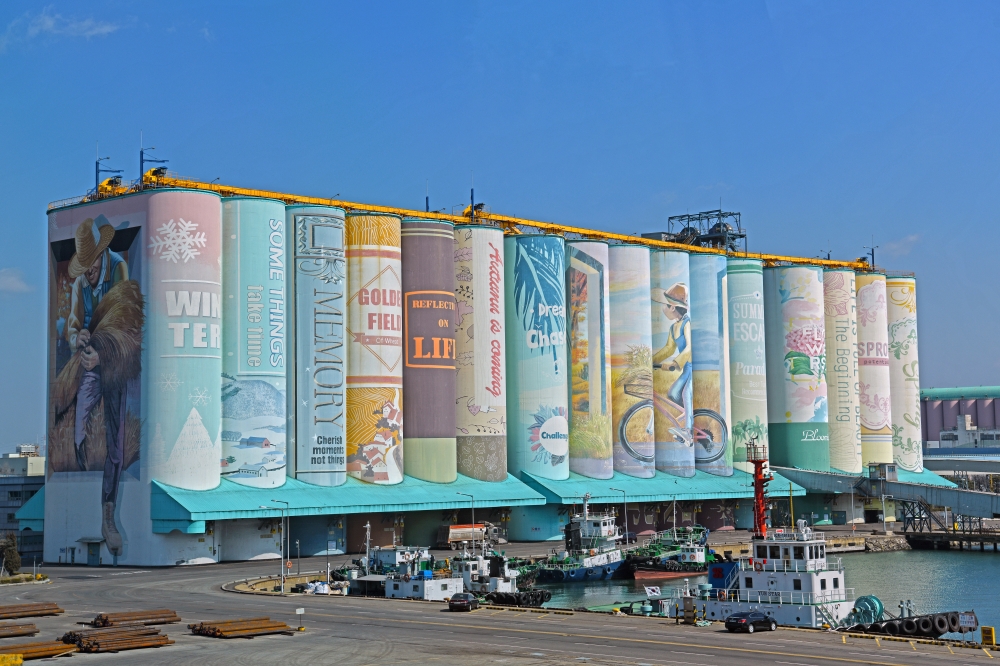

When the train goes past the 6th pier of Incheon Inner Port, the Silo Super Graphic reveals itself once more. While the way from the Wolmi Park Station showed the rear and right-hand side of the Silo Super Graphic, the way back shows the passengers the front, the left-hand side, and the rear of the mural. In fact, the train runs at a distance suitable for the passengers to view the entire mural. Note that among the eight piers at Incheon Inner Port, only the 1st and 8th piers are open to the public, so Wolmi Sea Train is the only way to see the Silo Super Graphic in its entirety.
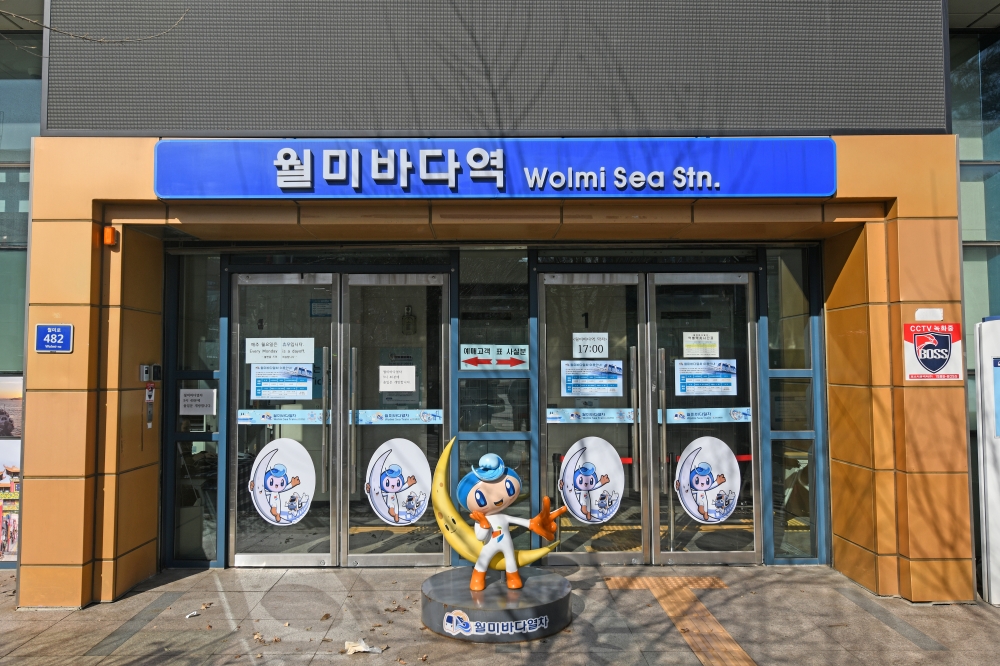
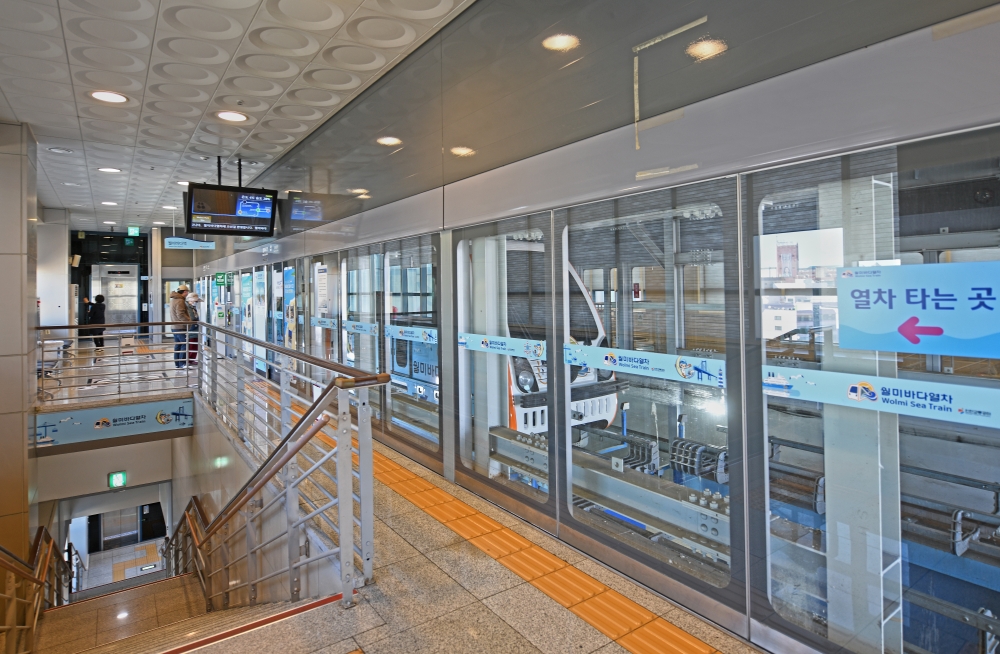
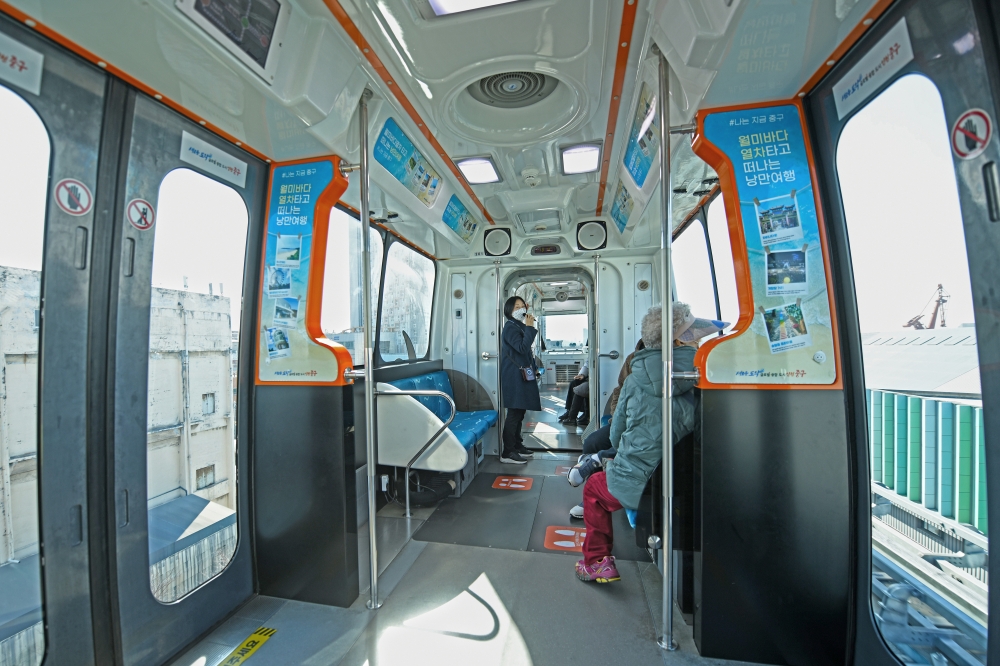
Opened in 2019, Wolmi Sea Train is the longest urban tourist monorail service in Korea, connecting Wolmi Sea, Wolmi Park, Wolmi Culture Street, and the Museum Stations along a 6.1 km-long distance at 10 km/h. The train has two cabins and can accommodate up to 46 passengers per departure, with a tour guide present on the train on every departure. Tickets for the Wolmi Sea Train can be purchased at any of the four stations, but note that those who have made their reservation via the Internet can only embark on the train at Wolmi Sea Station. Don’t forget that your ticket can be used once more on the same day as your first departure.
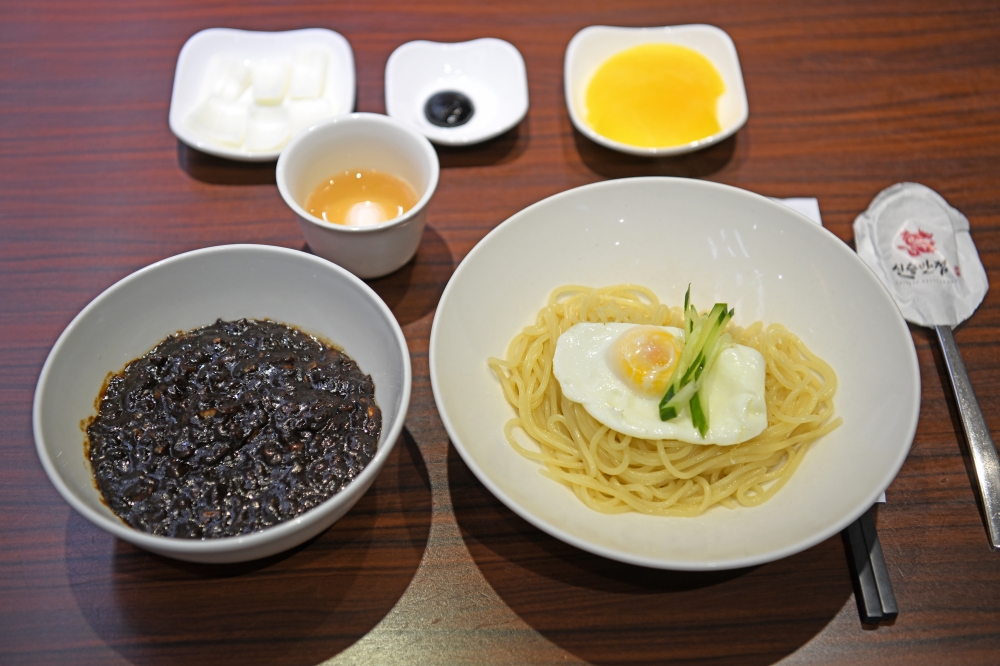
One thing not to miss in Incheon is sampling its jjajangmyeon (noodles in black bean sauce), particularly if you have watched the popular Netflix documentary Jjajangmyeon Rhapsody. What’s more, moving from Wolmi Sea Station to Incheon Chinatown is as easy as crossing a street. One might ask, “What’s the big deal? One can have jjajangmyeon anywhere,” to which we can only say, “Trust us.” After all, Incheon Chinatown was the place where Zha Jiang Mian of Shandong turned into jjajangmyeon, and it was also the place that kept that tradition alive for 140 years.
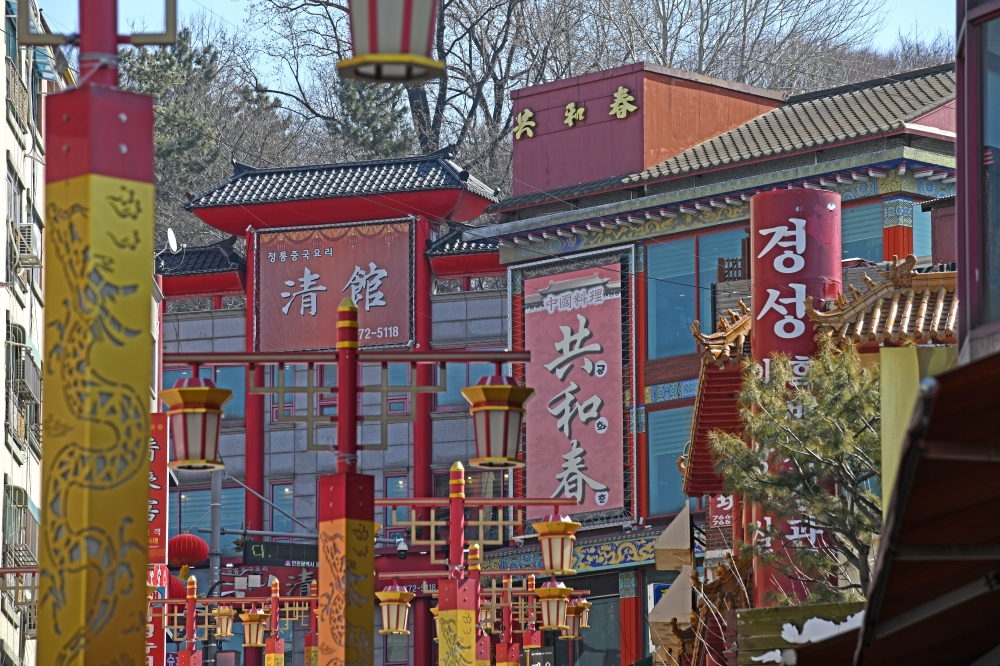
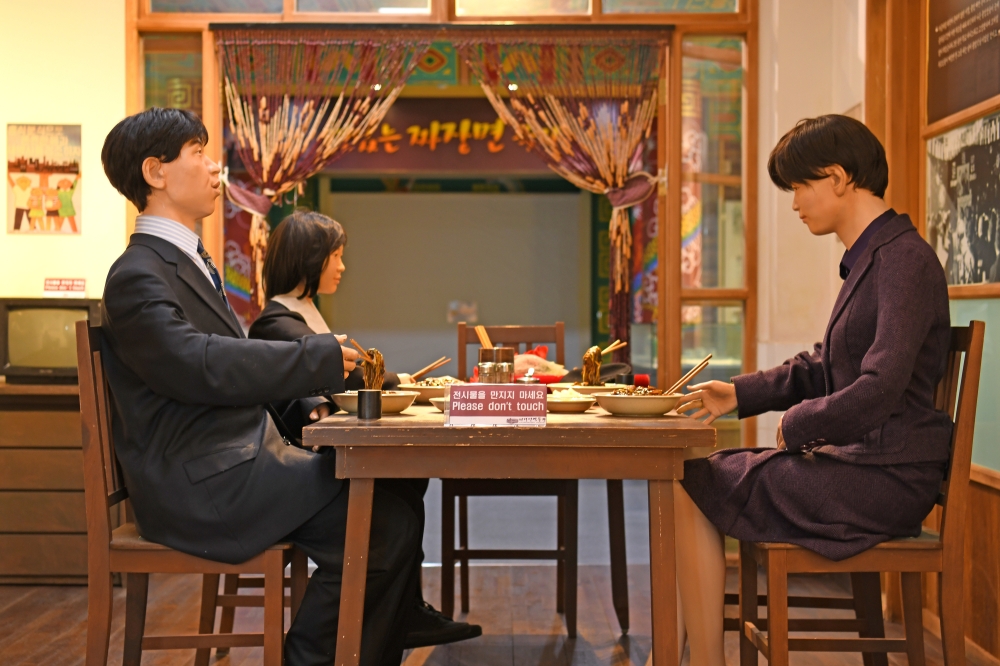
Where to, then? Most people agree that jjajangmyeon restaurants in Incheon Chinatown have converged toward higher quality over the years. That means one can get a good bowl no matter where one heads to. If you want to learn how this dish came to be, head to the Jjajangmyeon Museum. This museum is housed in the former building of Gonghwachun Restaurant, a Registered Cultural Heritage, and traces the history of this beloved dish and the changes over the years through its exhibition. The entry fee is KRW 1,000 for adults. The museum is open from 09:00 to 18:00 (closed on Mondays).
- Address (Wolmi Sea Station), 6, Wolmi-ro, Jung-gu, Incheon
- Tel. No. +82-32-450-7600
- Opening Hours Low-season (November–March) and high-season (April–October): Tuesday–Thursday 10:00–18:00; Friday–Sunday 10:00–18:00; closed on Mondays
- Web Page www.wolmiseatrain.or.kr









